If you're experiencing a lack of water pressure in your kitchen sink, the first thing to check is the water supply valve. This valve controls the flow of water into your home and may have been accidentally turned off or partially closed. Make sure the valve is fully open and check your water pressure again.Check the water supply valve
The aerator is a small, mesh screen at the end of your faucet that helps regulate the flow of water. Over time, it can become clogged with debris and mineral deposits, causing a decrease in water pressure. To clean the aerator, unscrew it from the faucet and soak it in a mixture of equal parts water and vinegar for about 30 minutes. Rinse it off and screw it back onto the faucet.Clean the aerator
If the water supply valve and aerator are not the issue, the problem may lie within your pipes. Over time, pipes can become clogged with debris, causing a decrease in water pressure. If you suspect this is the case, you may need to call a professional plumber to clear out the clog.Check for clogged pipes
Every home has a water pressure regulator that helps maintain a consistent water pressure throughout your plumbing system. If this regulator becomes faulty, it can cause a decrease in water pressure. You can check the regulator by attaching a pressure gauge to an outdoor faucet. If the pressure is lower than normal, you may need to replace the water pressure regulator.Check the water pressure regulator
If the water pressure is low in your kitchen sink but normal in other areas of your home, the issue may be with your faucet. Over time, the internal mechanisms of a faucet can wear out, causing a decrease in water pressure. You may need to replace the faucet or its internal parts to restore your water pressure.Check for a faulty faucet
A leak in your plumbing system can also cause a decrease in water pressure. Check for any visible leaks in your pipes and have them repaired as soon as possible. If you can't locate the leak, you may need to call a professional plumber to assist you.Check for a leak in the pipes
If your home has a water filtration system, the filter may be clogged and causing a decrease in water pressure. Check the filter and replace it if necessary. It's recommended to replace your water filter every 6 months to ensure proper water flow.Check for a clogged water filter
If you have a well system, your water pressure may be affected by a faulty water pump. Check the pump to see if it is functioning properly or if it needs to be replaced. It's best to have a professional plumber handle any issues with your water pump.Check for a faulty water pump
In some cases, a broken water line may be the cause of low water pressure in your kitchen sink. This can happen if there is a break or damage to the main water line leading to your home. If you suspect this is the case, it's important to call a professional plumber immediately to address the issue.Check for a broken water line
If you've exhausted all of these troubleshooting steps and are still experiencing low water pressure in your kitchen sink, it's best to call a professional plumber for assistance. They will be able to properly diagnose and fix the issue, ensuring your water pressure is back to normal in no time.Call a plumber for professional assistance
How to Fix No Water Pressure in Your Kitchen Sink

Possible Causes of Low Water Pressure
 If you've been experiencing
low water pressure in your kitchen sink
, you may be wondering what's causing the issue. There are several potential reasons for this problem, including:
-
Clogged aerator:
Over time, mineral deposits and debris can build up in the aerator, which is the small screen at the end of your faucet. This can restrict water flow and cause low pressure.
-
Leaky pipes:
If you have a leak in your pipes, the water pressure in your kitchen sink may be affected. You may also notice water stains or musty odors if you have a leak.
-
Water supply issues:
If your entire home is experiencing low water pressure, it may be due to a problem with the municipal water supply or your home's main water valve.
-
Faulty faucet:
If your faucet is old or damaged, it may not be able to deliver adequate water pressure.
If you've been experiencing
low water pressure in your kitchen sink
, you may be wondering what's causing the issue. There are several potential reasons for this problem, including:
-
Clogged aerator:
Over time, mineral deposits and debris can build up in the aerator, which is the small screen at the end of your faucet. This can restrict water flow and cause low pressure.
-
Leaky pipes:
If you have a leak in your pipes, the water pressure in your kitchen sink may be affected. You may also notice water stains or musty odors if you have a leak.
-
Water supply issues:
If your entire home is experiencing low water pressure, it may be due to a problem with the municipal water supply or your home's main water valve.
-
Faulty faucet:
If your faucet is old or damaged, it may not be able to deliver adequate water pressure.
How to Fix the Problem
 Now that you have a better understanding of what could be causing the
lack of water pressure in your kitchen sink
, it's time to find a solution. Here are some steps you can take to fix the problem:
1.
Check the aerator:
Start by removing the aerator from your faucet and cleaning it. Soak it in a mixture of warm water and vinegar to dissolve any mineral deposits. If it's too damaged, you may need to replace it entirely.
2.
Inspect for leaks:
Look for any obvious signs of leaks, such as dripping water or puddles under your sink. If you suspect a leak, it's best to call a professional plumber to fix it.
3.
Check the water supply:
Contact your local water company to see if there are any reported issues with the water supply in your area. If there are, you may just need to wait until the problem is resolved.
4.
Replace the faucet:
If all else fails, it may be time to replace your faucet. Make sure to choose a high-quality, reputable brand to ensure adequate water pressure in the future.
Now that you have a better understanding of what could be causing the
lack of water pressure in your kitchen sink
, it's time to find a solution. Here are some steps you can take to fix the problem:
1.
Check the aerator:
Start by removing the aerator from your faucet and cleaning it. Soak it in a mixture of warm water and vinegar to dissolve any mineral deposits. If it's too damaged, you may need to replace it entirely.
2.
Inspect for leaks:
Look for any obvious signs of leaks, such as dripping water or puddles under your sink. If you suspect a leak, it's best to call a professional plumber to fix it.
3.
Check the water supply:
Contact your local water company to see if there are any reported issues with the water supply in your area. If there are, you may just need to wait until the problem is resolved.
4.
Replace the faucet:
If all else fails, it may be time to replace your faucet. Make sure to choose a high-quality, reputable brand to ensure adequate water pressure in the future.
Preventing Future Problems
 To avoid
low water pressure in your kitchen sink
in the future, there are a few preventative measures you can take:
-
Regular maintenance:
Make sure to clean your aerator regularly to prevent mineral buildup. You can also hire a plumber to inspect your pipes and make sure there are no leaks.
-
Invest in a water pressure booster:
If you have low water pressure throughout your home, consider installing a water pressure booster to increase the flow to your kitchen sink.
-
Install a water softener:
If you have hard water, it can cause mineral buildup in your pipes and fixtures, leading to low water pressure. Installing a water softener can help prevent this issue.
In conclusion,
low water pressure in your kitchen sink
can be a frustrating problem, but it's not one that can't be fixed. By following these simple steps and taking preventative measures, you can ensure that you always have adequate water pressure in your kitchen sink.
To avoid
low water pressure in your kitchen sink
in the future, there are a few preventative measures you can take:
-
Regular maintenance:
Make sure to clean your aerator regularly to prevent mineral buildup. You can also hire a plumber to inspect your pipes and make sure there are no leaks.
-
Invest in a water pressure booster:
If you have low water pressure throughout your home, consider installing a water pressure booster to increase the flow to your kitchen sink.
-
Install a water softener:
If you have hard water, it can cause mineral buildup in your pipes and fixtures, leading to low water pressure. Installing a water softener can help prevent this issue.
In conclusion,
low water pressure in your kitchen sink
can be a frustrating problem, but it's not one that can't be fixed. By following these simple steps and taking preventative measures, you can ensure that you always have adequate water pressure in your kitchen sink.
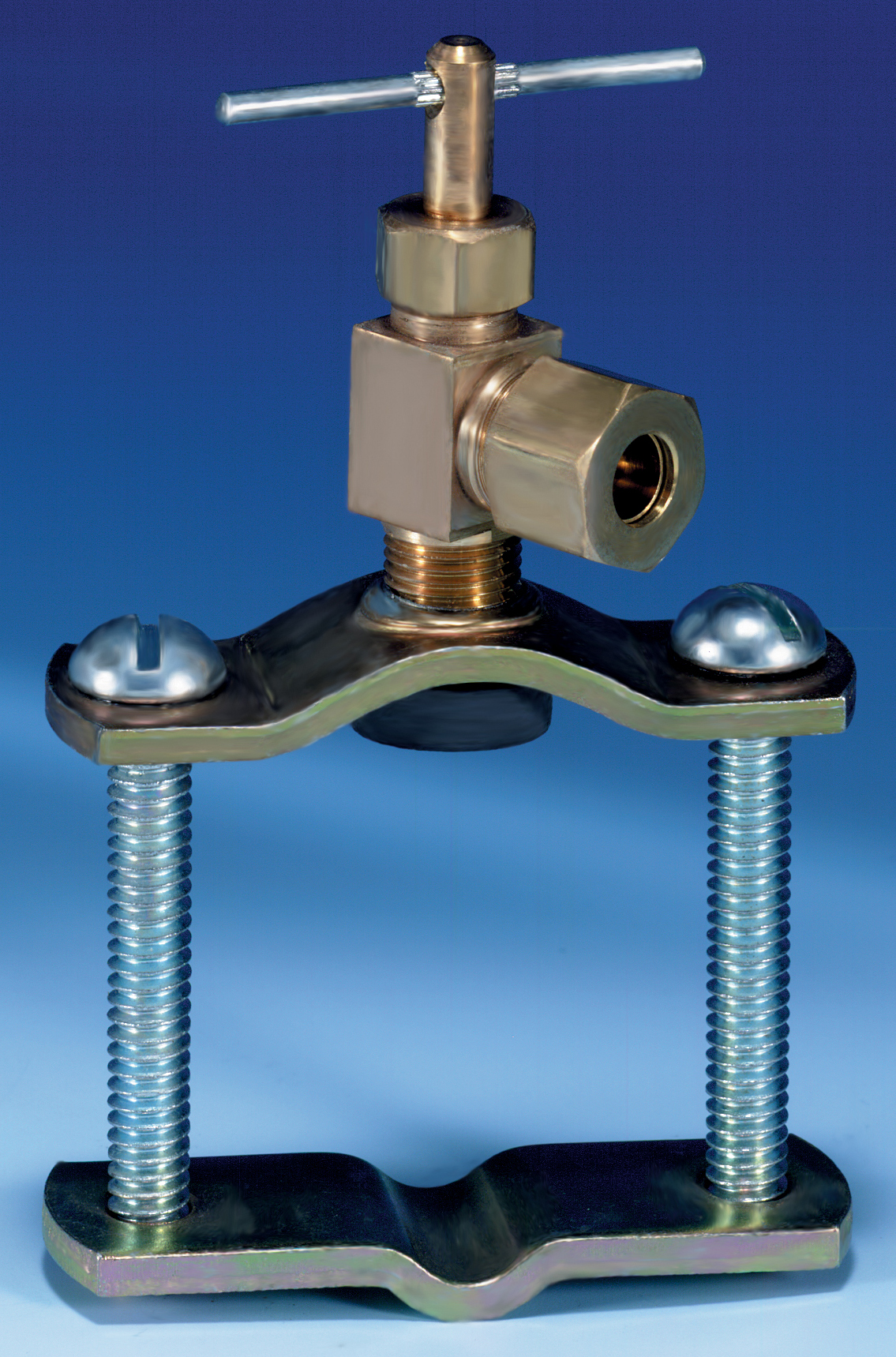
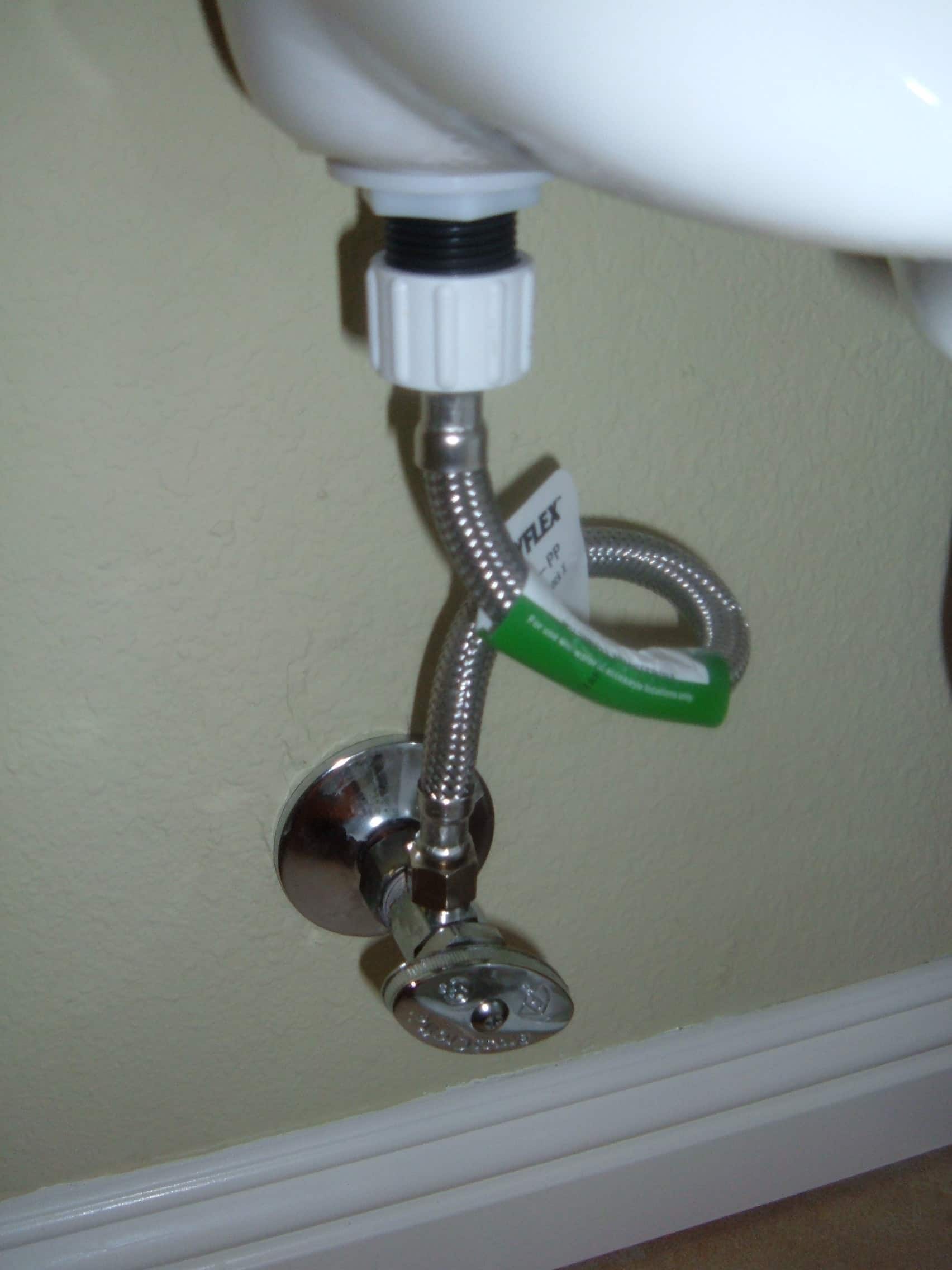




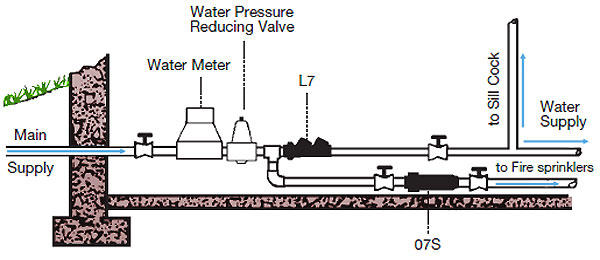
:max_bytes(150000):strip_icc()/ac4-56a73c595f9b58b7d0e8182e.jpg)


/cleaning-the-aerator-from-deposits--the-girl-hand-washes-a-dirty-limestone-aerator-with-water-1126244919-72868100964f42d5aa564a928371fea5.jpg)
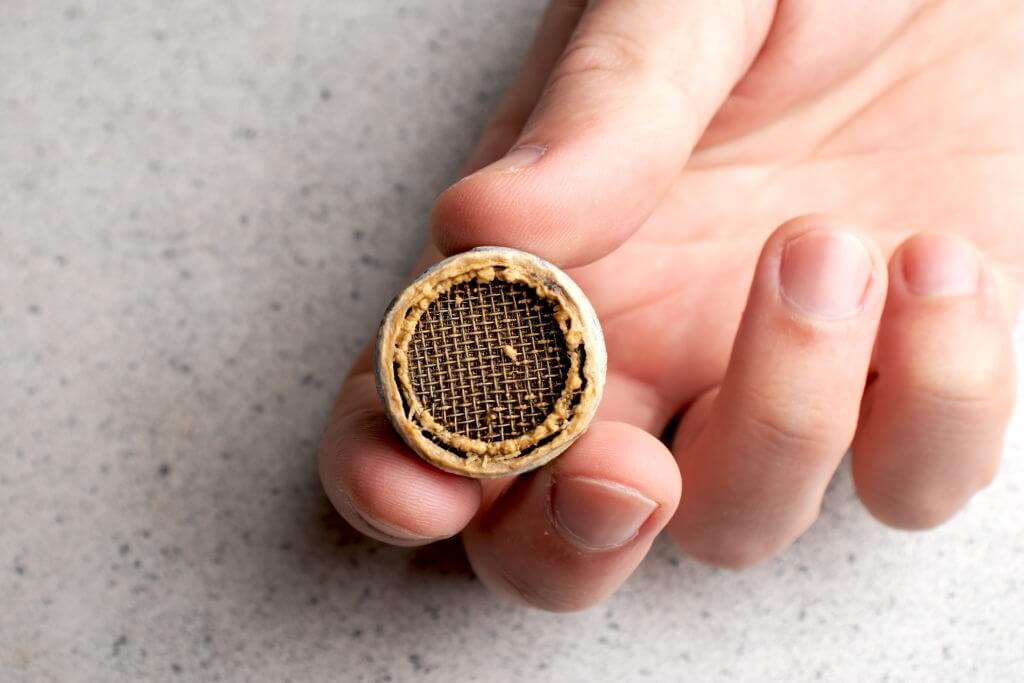
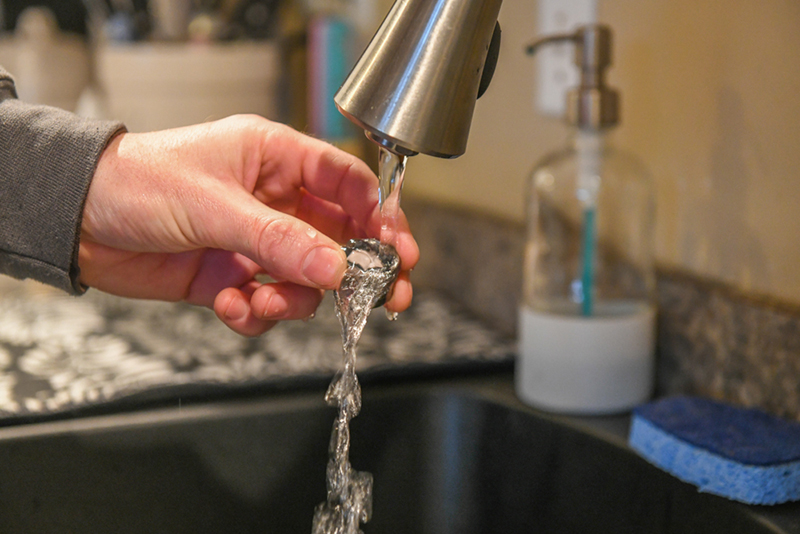

:max_bytes(150000):strip_icc()/clearing-a-blocked-faucet-aerator-2718807-07-b5a90554991f4bb69efb45a472df7f23.jpg)


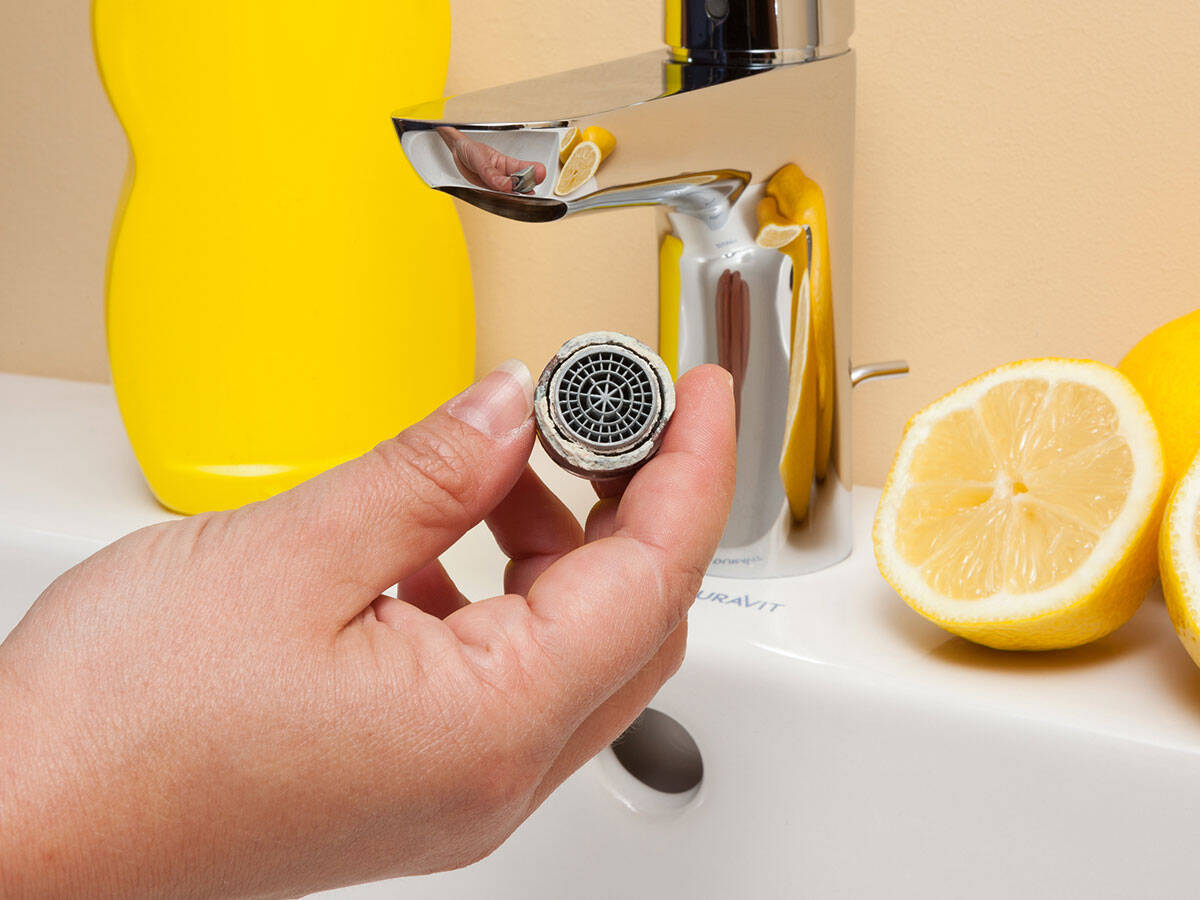








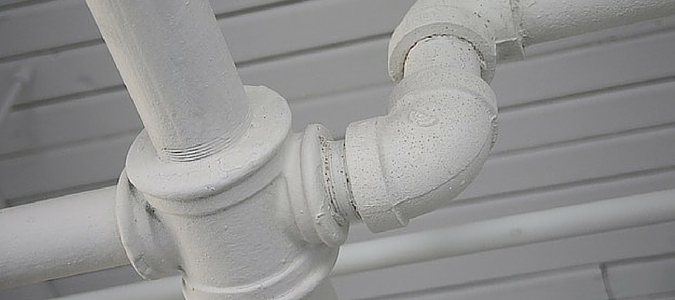

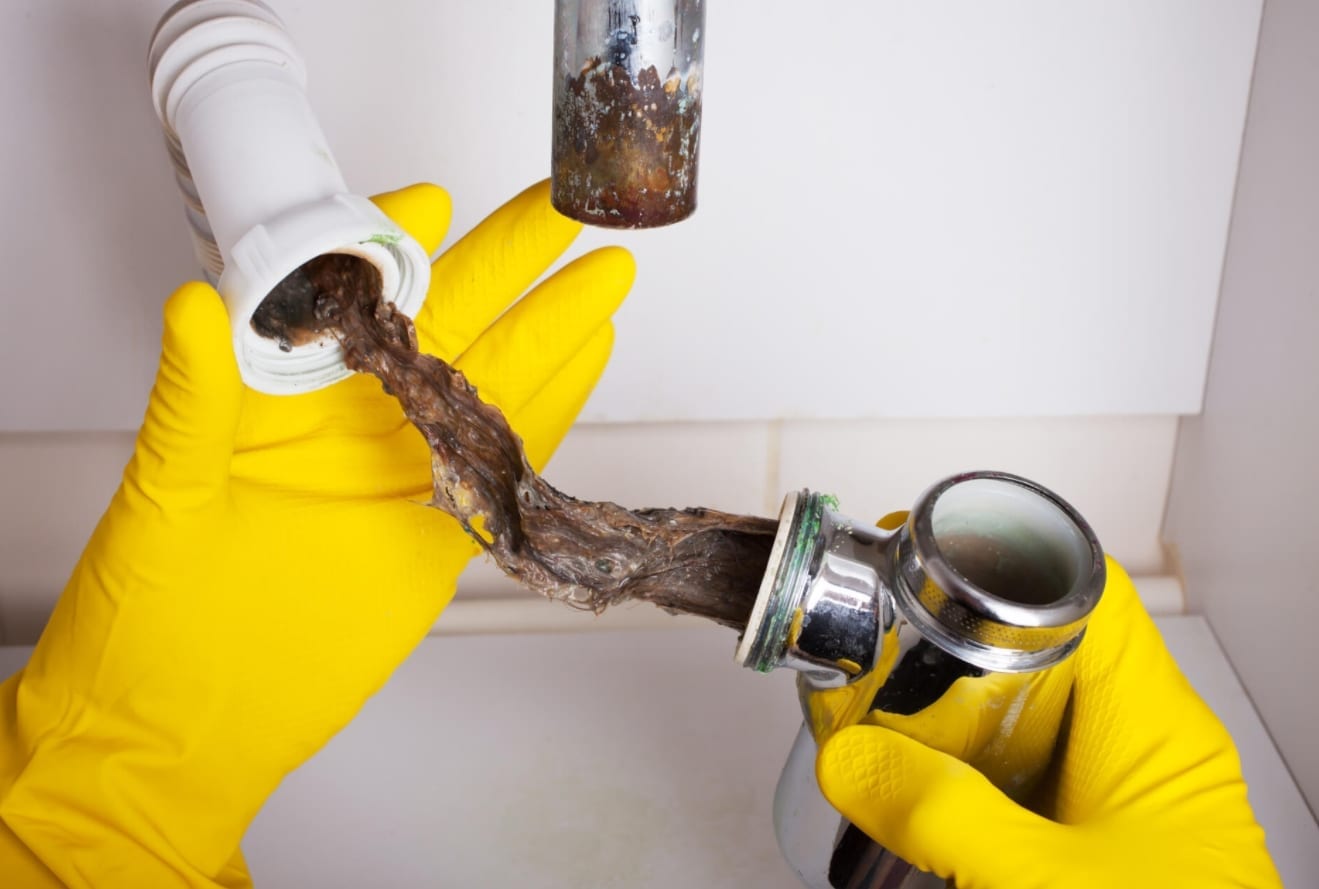



:max_bytes(150000):strip_icc()/the-men-s-hand-opens-the-ball-valve-on-the-collector-1006810456-5c5fc73fc9e77c000159c4af.jpg)



:max_bytes(150000):strip_icc()/testing-water-pressure-in-your-home-2718692-04-c37ab3236d0d4b61b87079ebf9ef823e.jpg)








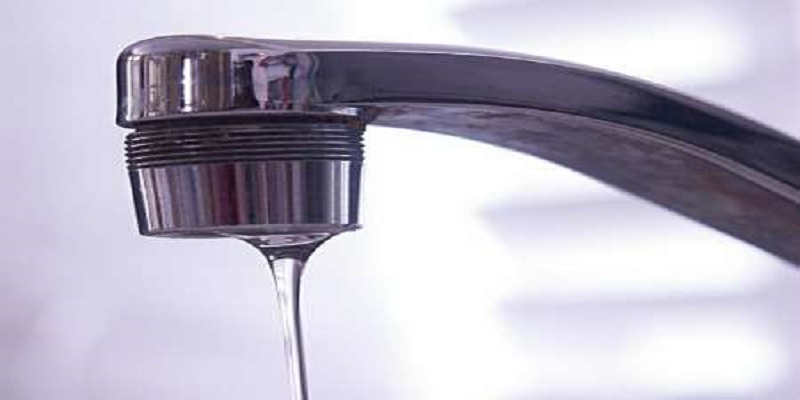


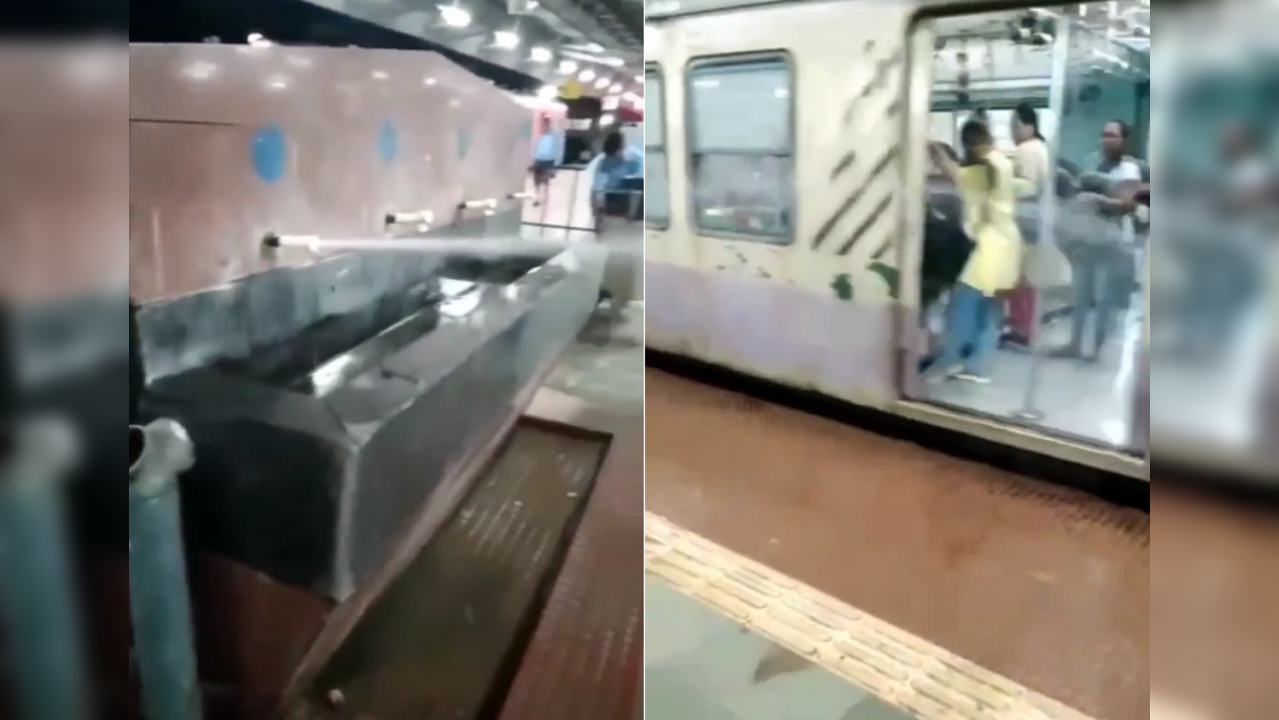



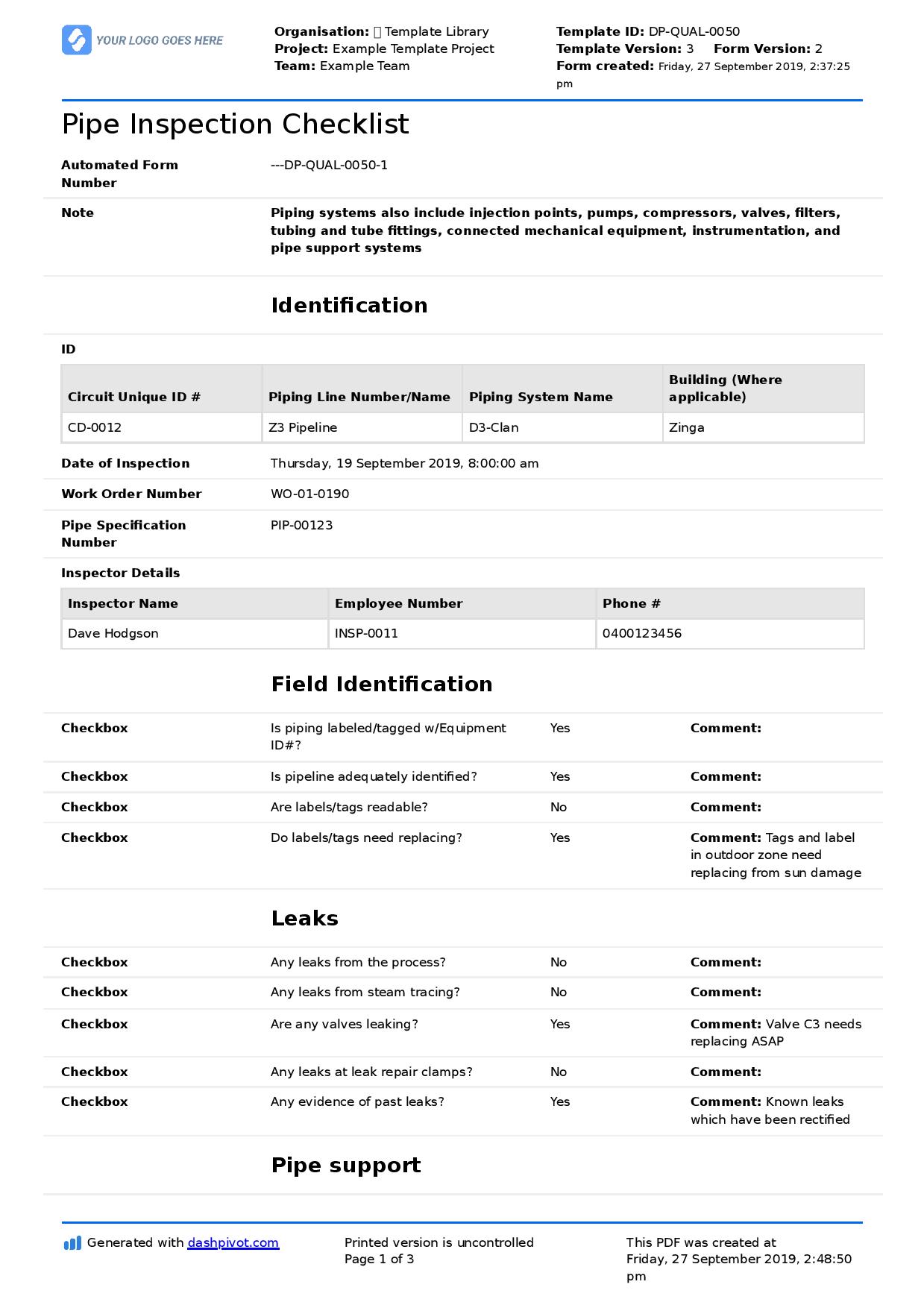



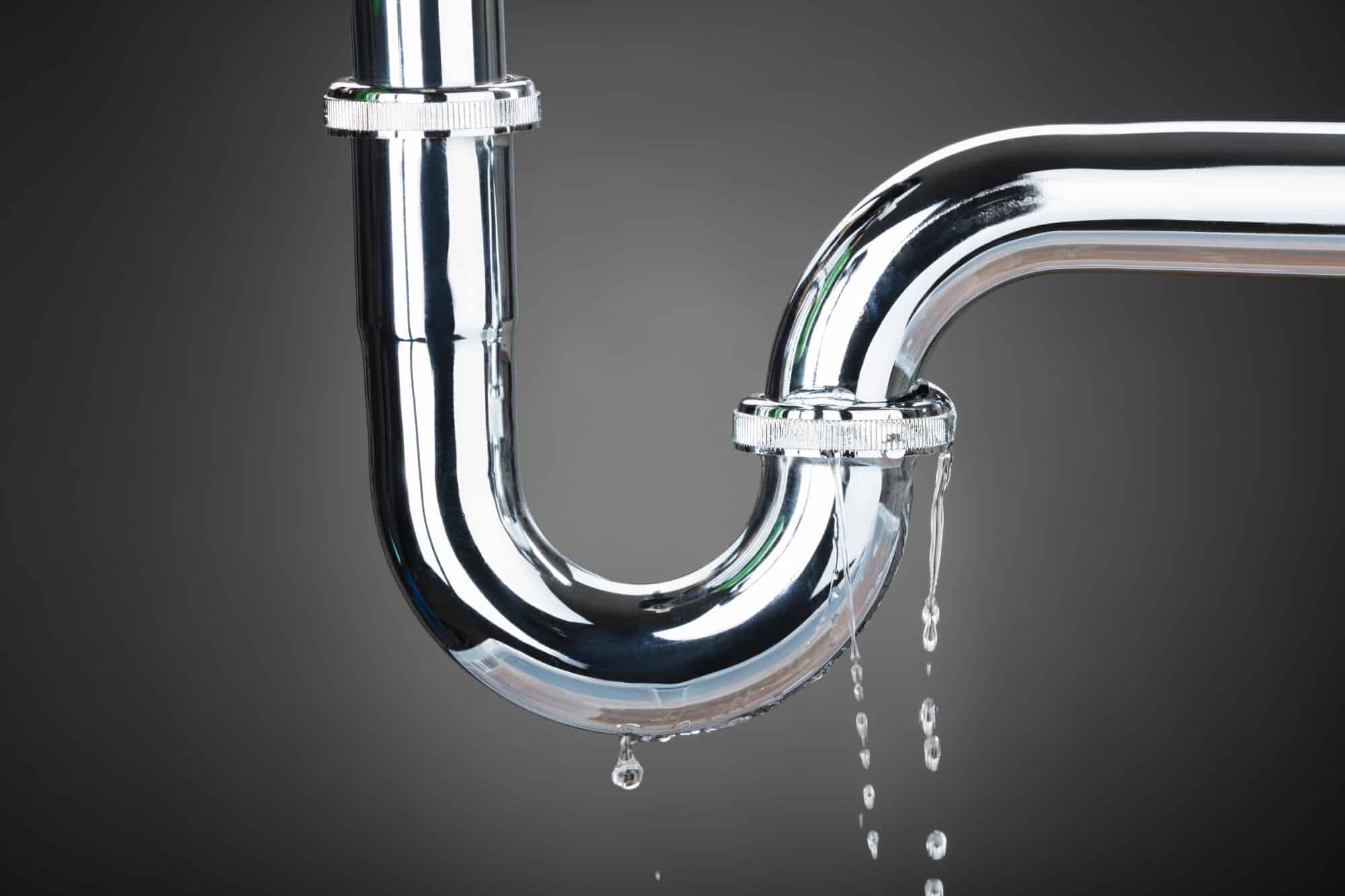
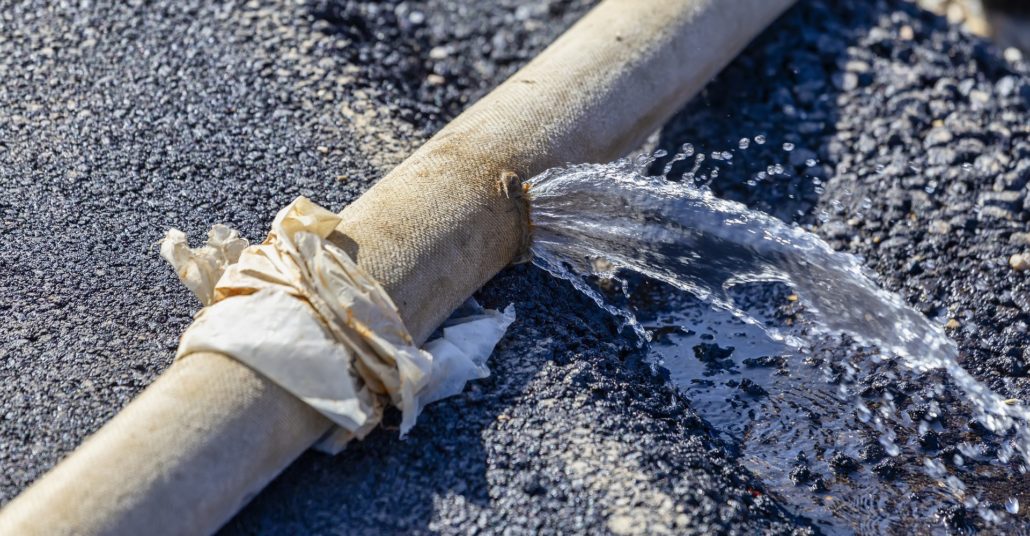


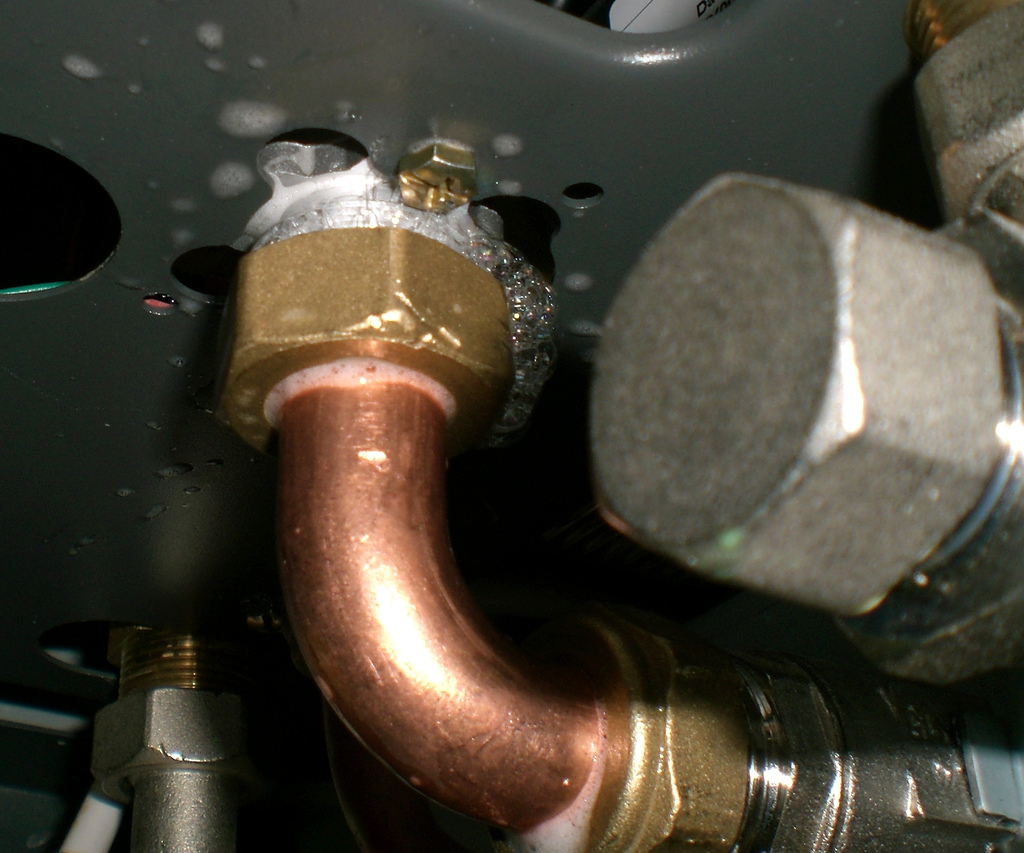
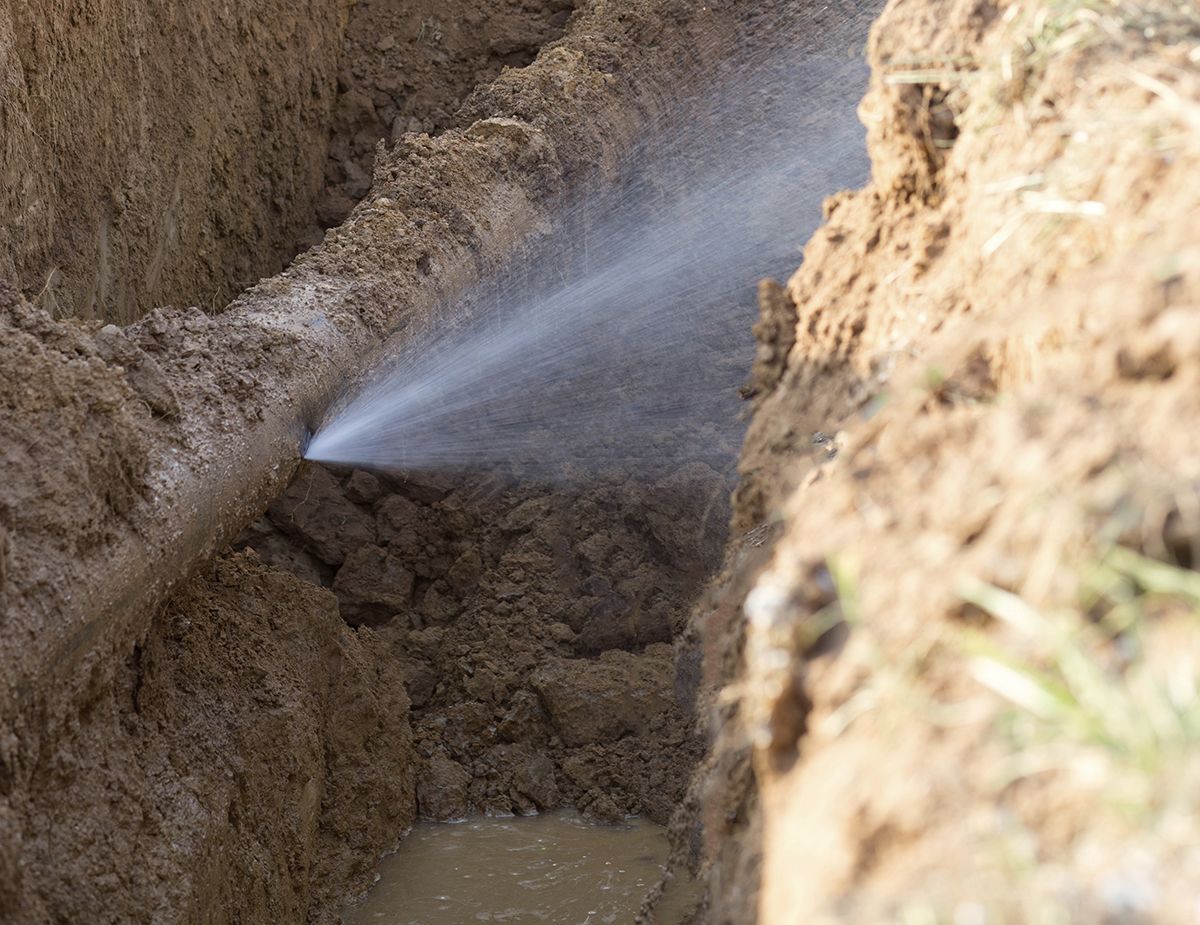
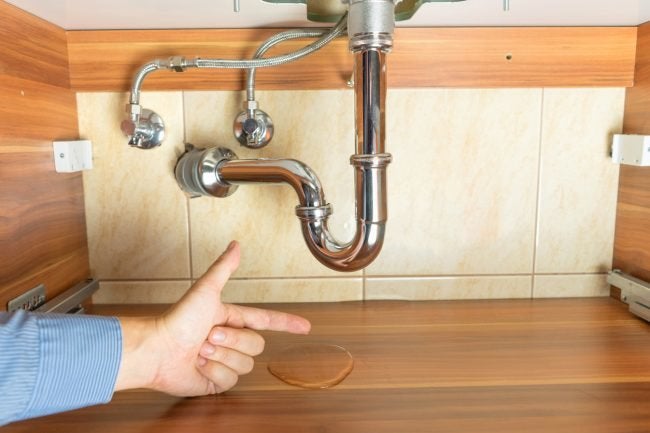
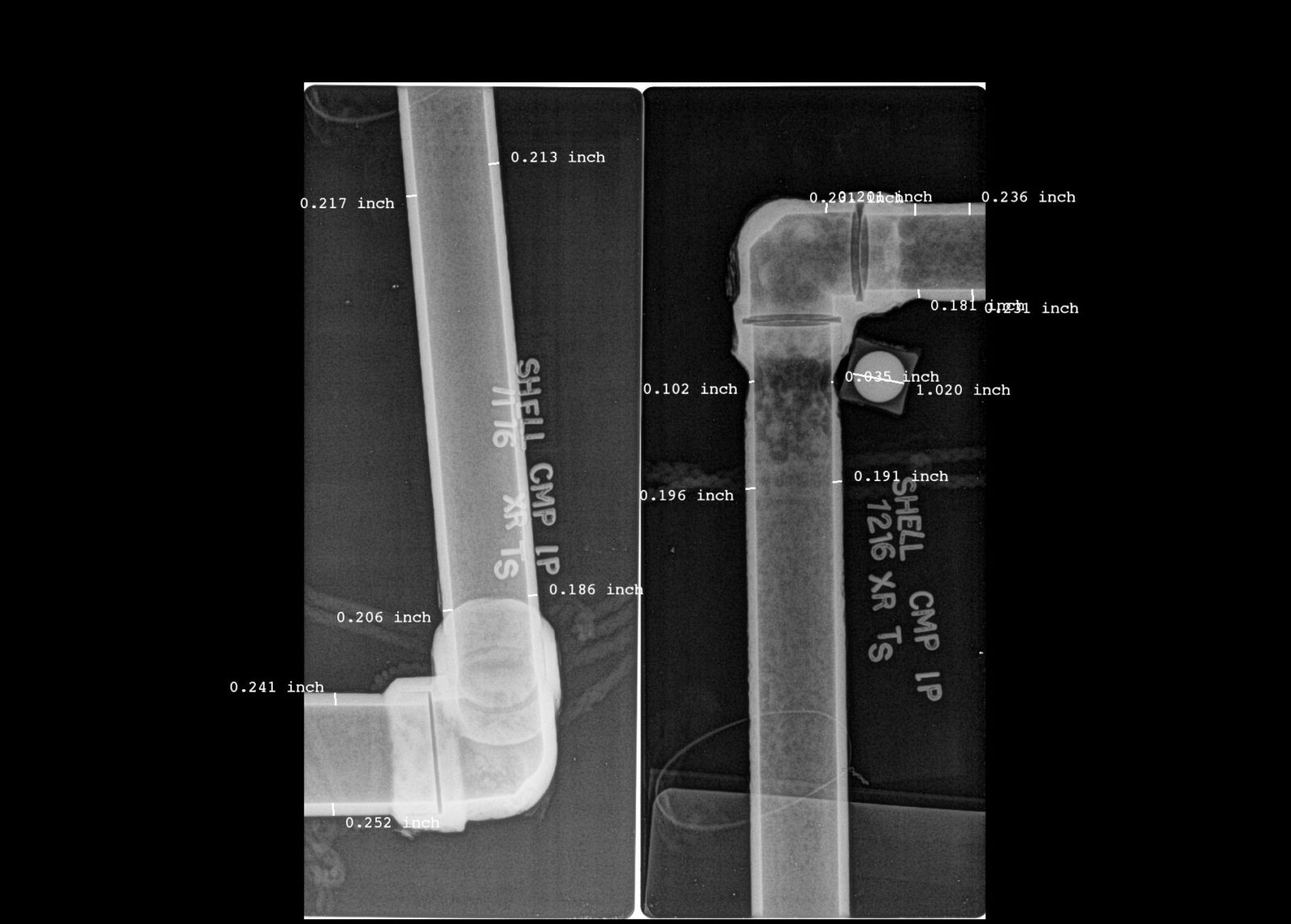



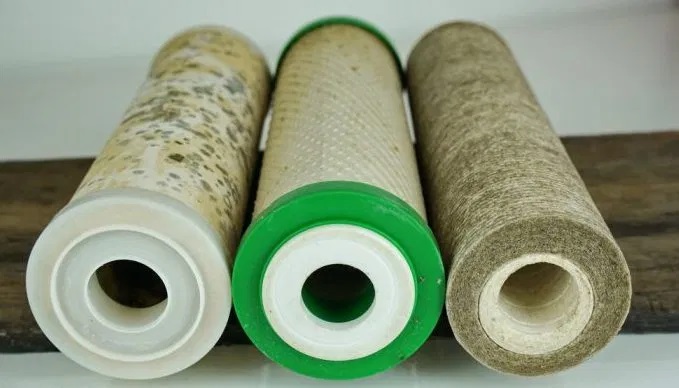


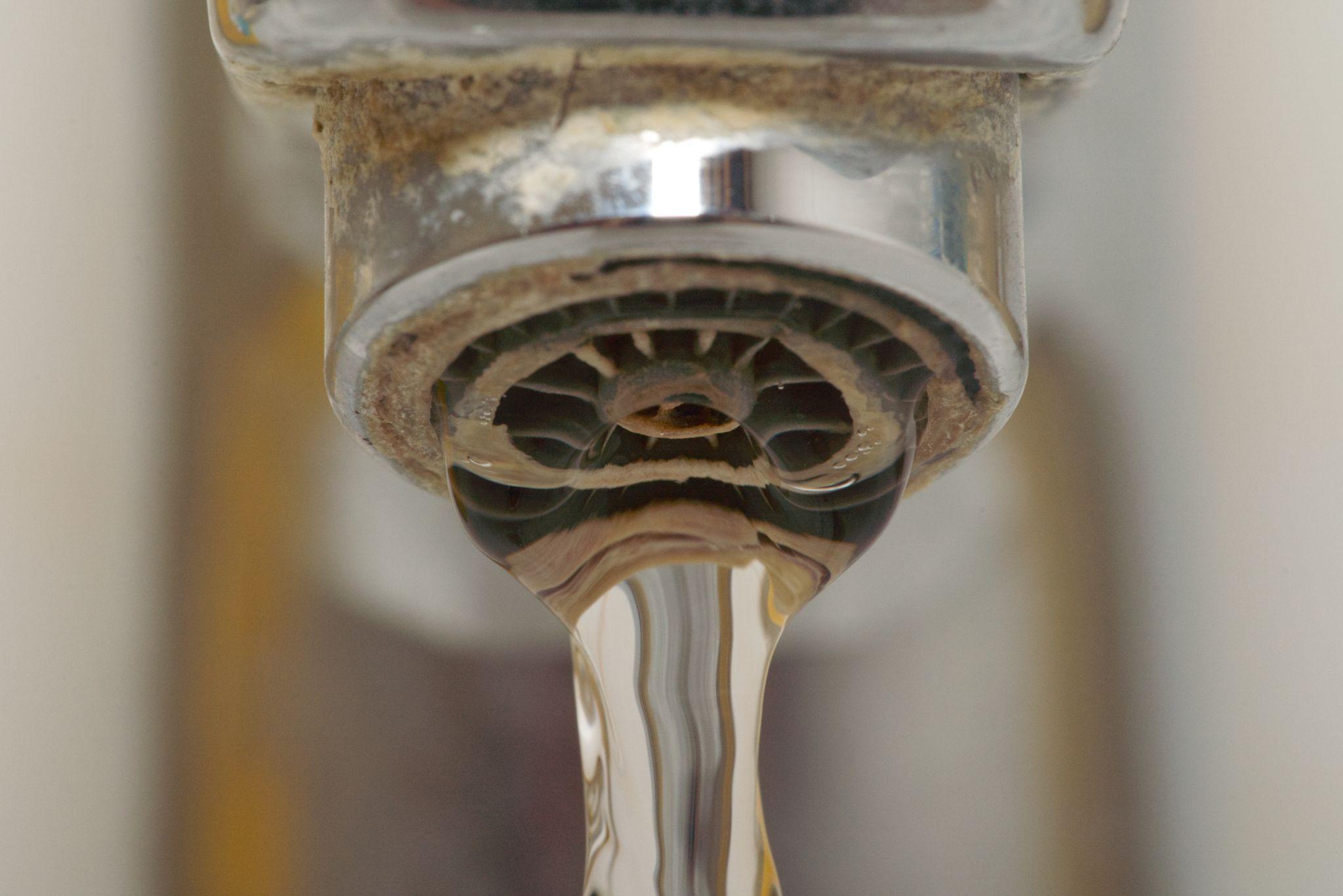



/cdn.vox-cdn.com/uploads/chorus_image/image/63879746/WaterFilter_2.0.jpg)



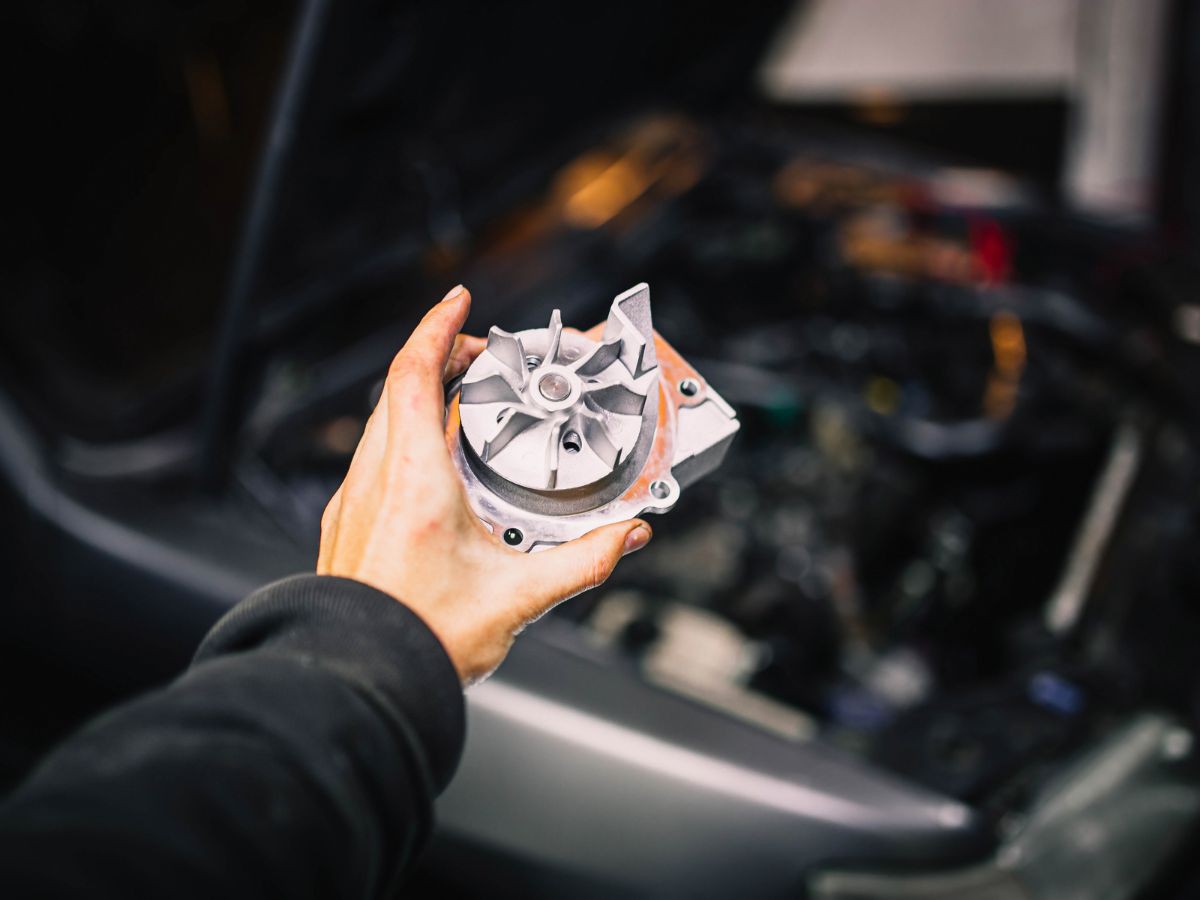
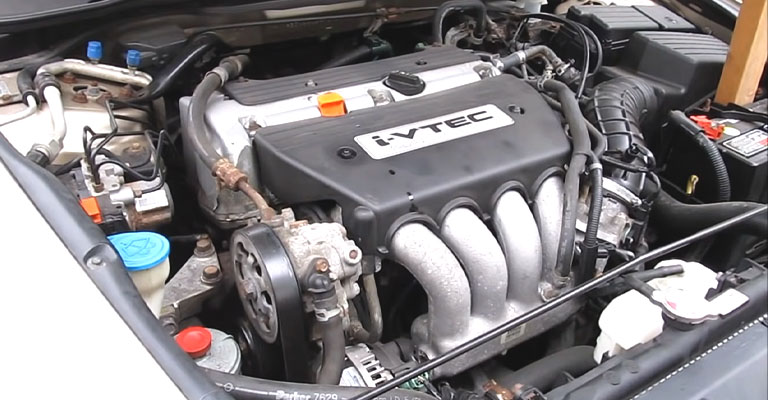









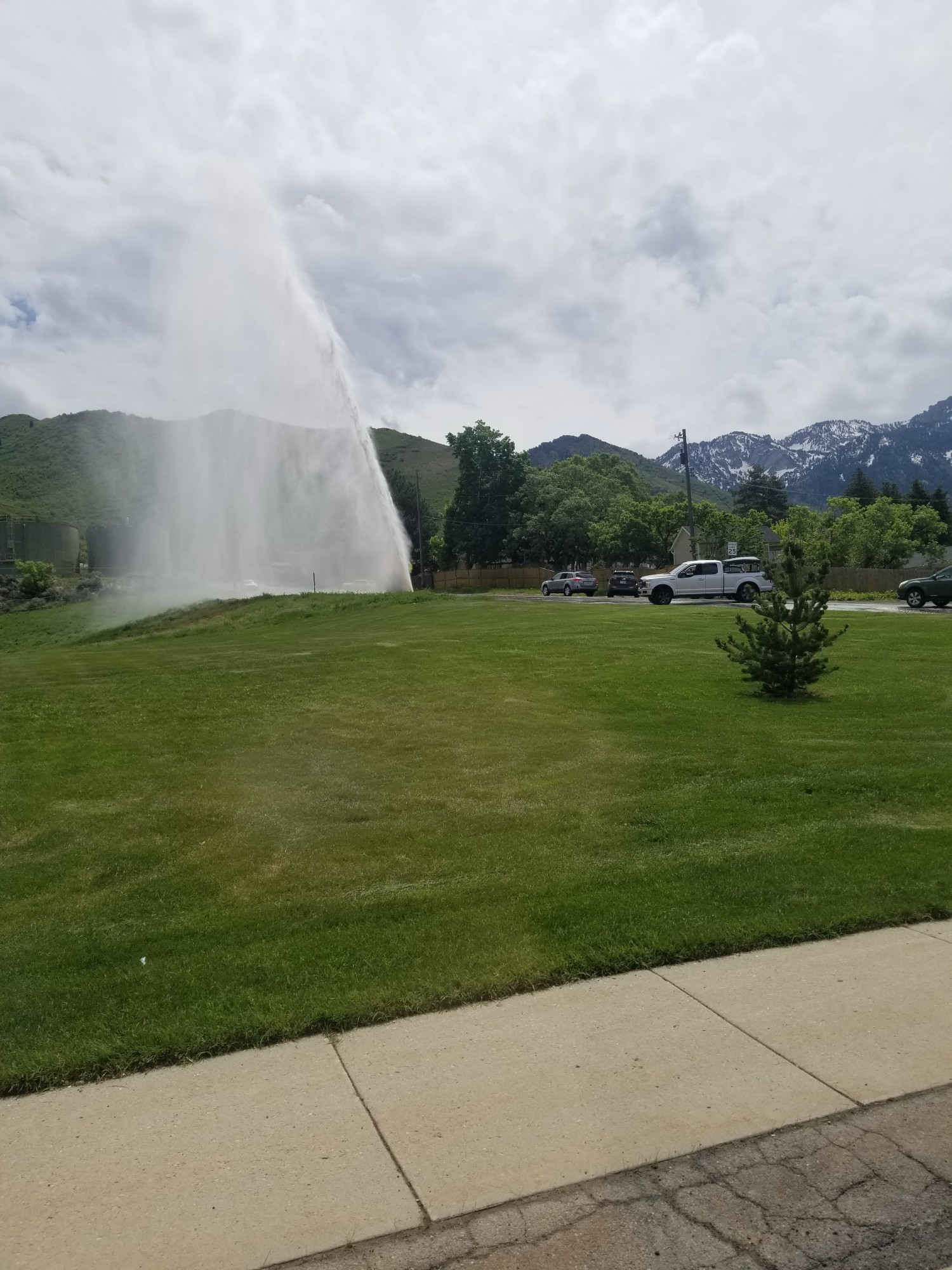
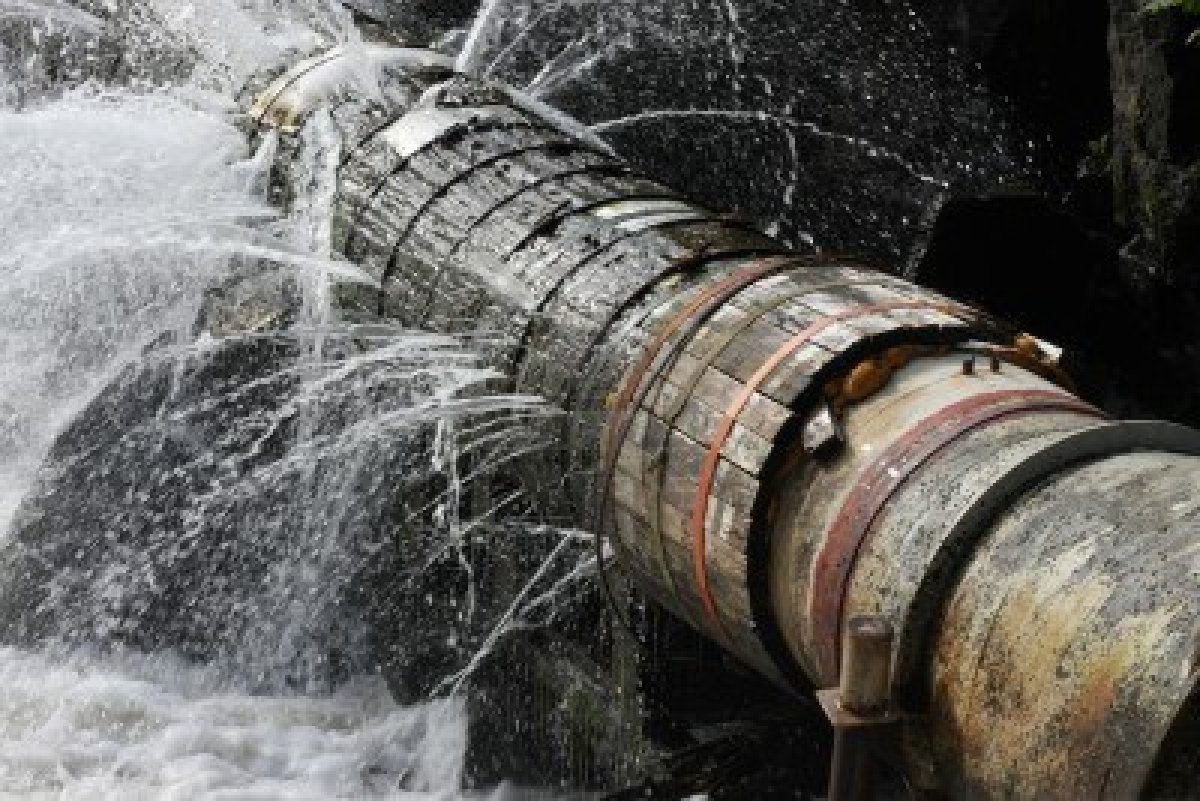

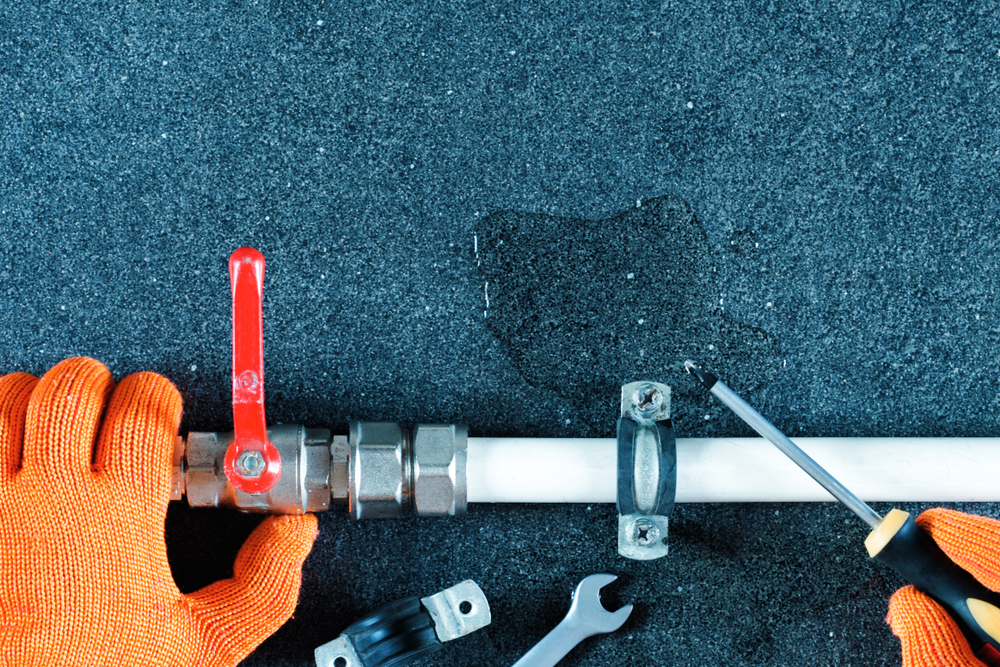


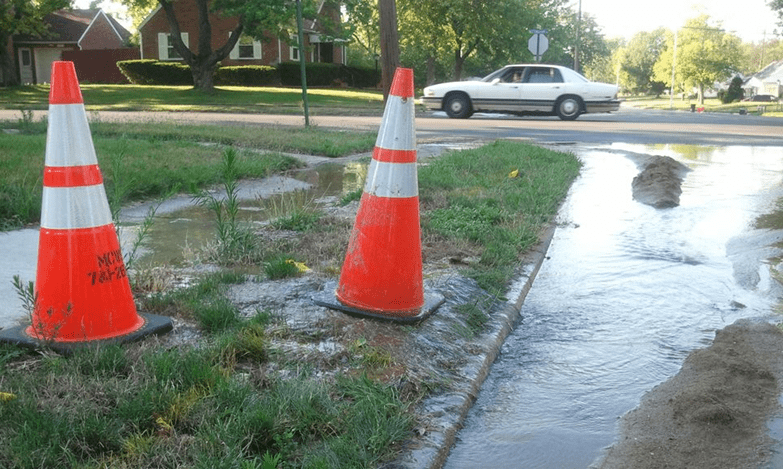
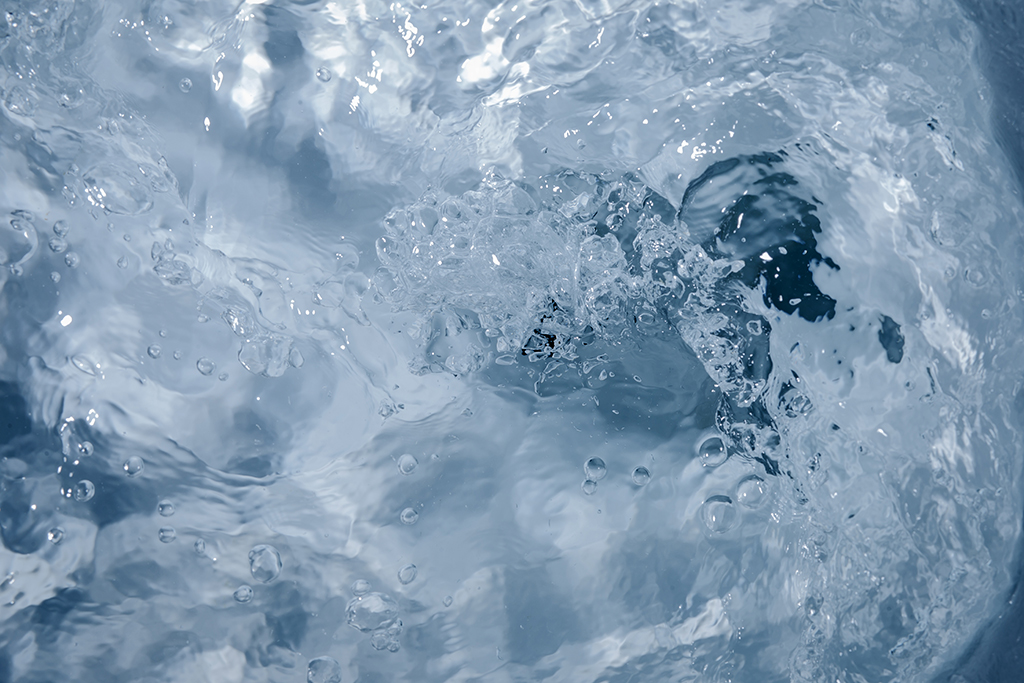





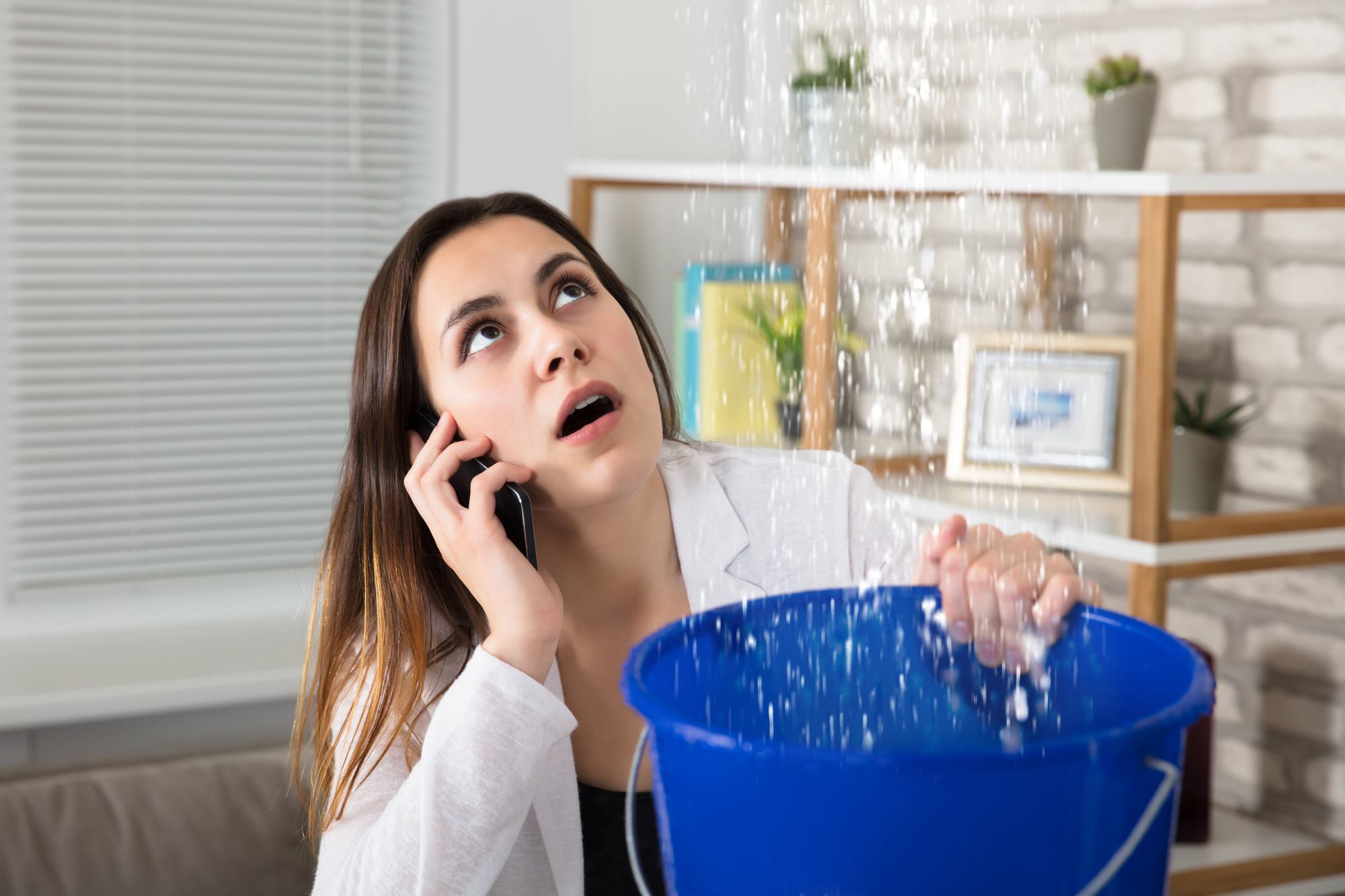



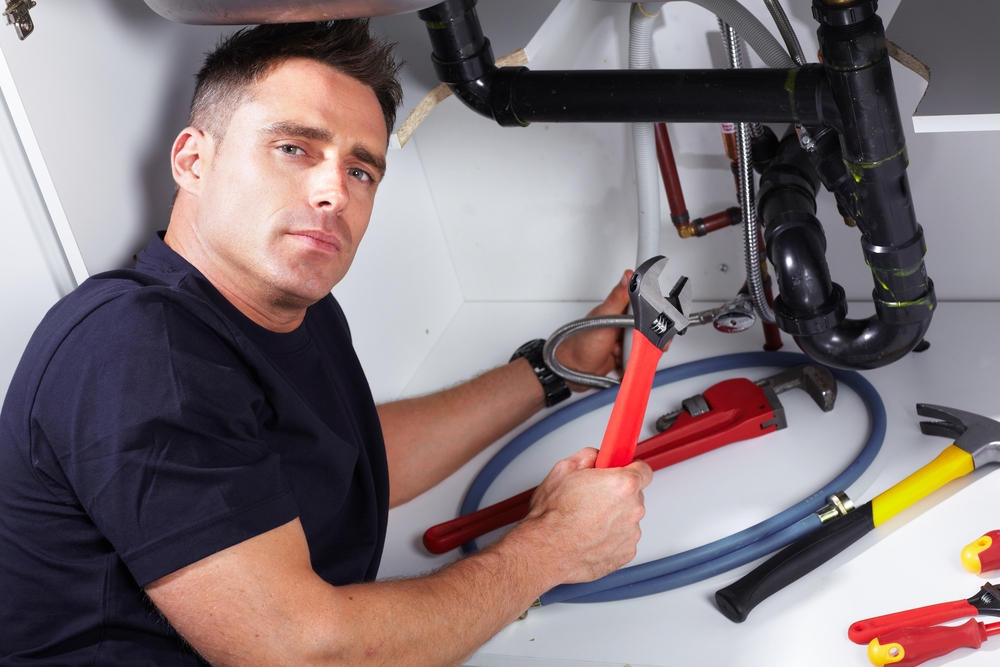

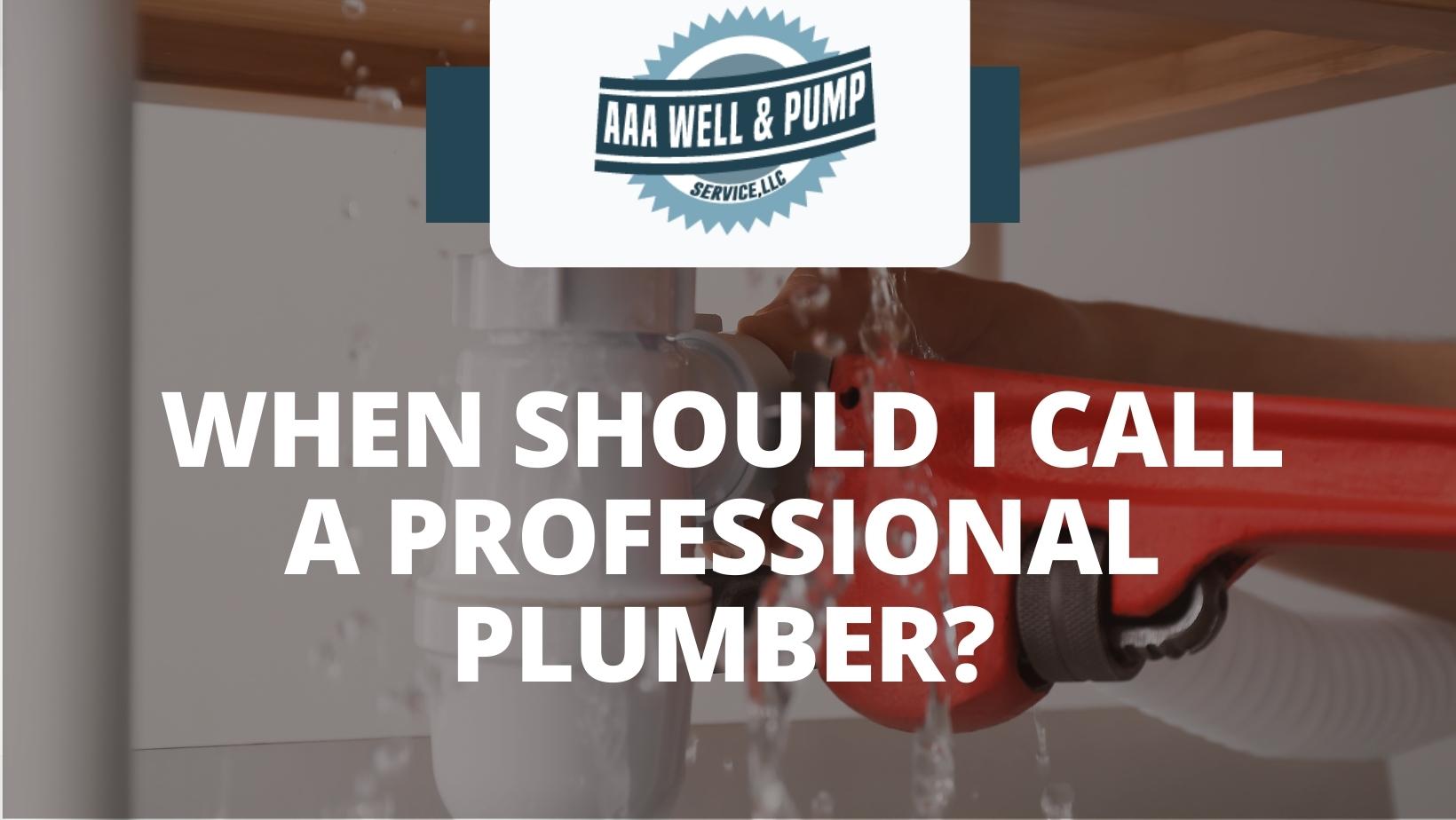





/cloudfront-us-east-1.images.arcpublishing.com/dmn/ZDO7VMDFXRHK3CJEI5LVSVV6J4.JPG)

